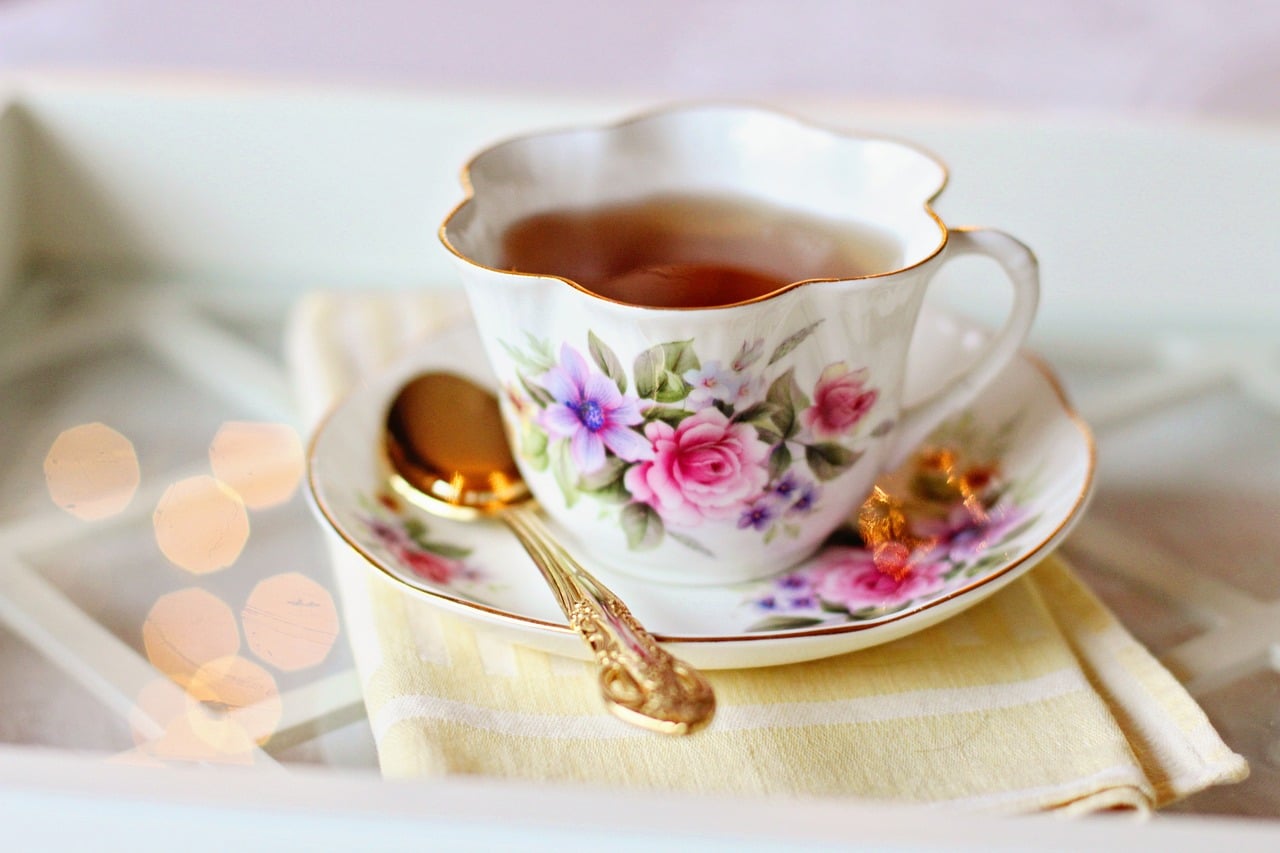In the ever-evolving culinary landscape, traditional methods often find new life in contemporary cuisine. One such method is tea smoking, a technique that hails from ancient China. Widely used in Chinese gastronomy, it has been embraced by culinary enthusiasts and chefs worldwide for its unique ability to infuse food with a delicate, smoky flavor. But the question remains: can traditional tea smoking techniques be applied to contemporary cuisine? Let’s delve into this intriguing topic and explore the possibilities.
The Art of Tea Smoking: A Brief Introduction
Tea smoking is a culinary technique steeped in centuries of history. It involves using tea leaves as fuel for smoking, not for drinking. The food, traditionally fish or poultry, is first marinated, then smoked over a mixture of tea leaves and other components like rice and spices.
A découvrir également : What’s the Key to a Luxuriously Creamy Risotto with Wild Mushrooms?
This age-old technique imparts a subtly aromatic, smoky, and earthy flavor to foods. It’s not just about the taste, though. The process also gives the food a pleasing, golden-brown hue that is characteristic of tea-smoked dishes.
There’s a certain romance and nostalgia associated with tea smoking. It’s a slow, patient process that requires attention and care. It’s not just a cooking method, but a culinary art form that respects the ingredients, the process, and, ultimately, the eater.
Cela peut vous intéresser : Cooking with citrus: bright flavors for every meal
Tea Smoking in Contemporary Cuisine: An Exploration
For the uninitiated, the idea of tea smoking might seem exotic and complex. However, contemporary chefs and culinary aficionados have been incorporating and adapting this traditional technique to modern cuisine with remarkable results.
The versatility of tea smoking is a significant factor behind its increased popularity in contemporary cooking. Today, it’s not just limited to fish and poultry. Chefs are using tea smoking to infuse everything from meats and seafood to vegetables, cheeses, and even desserts with a distinct, smoky flavor.
You’d be surprised how a hint of tea-smoked flavor elevates the humblest of ingredients. Imagine biting into a tea-smoked beetroot salad, or tucking into a tea-smoked salmon with a citrusy glaze. Each mouthful is a symphony of flavors – smoky, sweet, tangy – that tantalizes your taste buds.
Modern Innovations in Tea Smoking Techniques
The culinary world has always been a playground for innovation, and tea smoking is no exception. While sticking to the traditional technique is a choice, many contemporary chefs are pushing boundaries and experimenting with modern adaptations.
One such innovation is the use of different types of tea for smoking. While traditional Chinese tea smoking primarily involves black tea, today’s chefs are exploring the flavors of green tea, oolong, and even herbal teas like chamomile. Each variety of tea imparts different flavors, allowing chefs to customize the taste profile of their dishes.
Another modern twist is the use of tea-smoking in molecular gastronomy, where chefs use scientific techniques to create new textures and flavors. The combination of infusing smoke flavors with the scientific precision of food preparation certainly adds a new dimension to dishes.
The Impact of Tea Smoking on Current Food Trends
With the rise of food trends like ‘slow food’ and ‘farm-to-table,’ tea smoking is finding renewed relevance. This technique aligns perfectly with the current emphasis on mindful, conscious eating.
Tea smoking is a slow, attentive process that encourages cooks to be fully engaged and present. It also emphasizes the quality and the origin of ingredients – not just the tea, but also the food being smoked.
Moreover, tea smoking can be a sustainable choice. Many types of tea leaves used for smoking are organic and free of harmful pesticides. Plus, tea-smoked food doesn’t require heavy seasoning or high-fat sauces, making it a healthier choice without sacrificing flavor.
Tea Smoking in Home Kitchens: A New Frontier
While traditionally associated with restaurants and professional kitchens, tea smoking is making its way into home cooking. Thanks to the wider availability of tea-smoking equipment and the plethora of online tutorials, food enthusiasts are experimenting with tea smoking in their own kitchens.
Whether it’s an elaborate dinner or a weekend BBQ, tea-smoked dishes can impress guests with their unique flavors and presentation. And it’s not just about the food – the act of tea smoking can also be a conversation starter, a way to engage guests in the process and the history behind it.
In essence, tea smoking is more than just a cooking technique. It’s an experience – one that combines history, flavor, and creativity. Whether you’re a professional chef or a home cook, exploring tea smoking can open up new avenues in your culinary journey. So why not give it a try?
Tea Smoking and the Future of Gastronomy
As the world of gastronomy continues to evolve, traditional tea smoking techniques are increasingly becoming integrated into modern cooking styles. These techniques are not just being utilized in the culinary haute couture of high-end restaurants, but are also finding their way into everyday home cooking.
The advent of technology and the rise of information sharing platforms have democratized access to traditional cooking methods, and tea smoking is no exception. Online platforms offer video tutorials and step-by-step guides on how to tea smoke, making this age-old technique available to all. From the amateur home cook to the experienced chef, everyone can now experiment with this fascinating technique.
The future of tea smoking in gastronomy looks promising. As the demand for flavor complexity increases, so does the need for cooking techniques that deliver such depth. With its ability to infuse a rich, smoky flavor into a wide array of foods, tea smoking is perfectly suited to meet this demand.
Moreover, the trend toward healthier and more sustainable cooking methods will continue to push tea smoking techniques further into the limelight. This simple yet flavor-packed technique uses organic tea leaves and doesn’t rely on heavy seasoning or high-fat sauces, making it a healthy, sustainable choice.
Conclusion
It’s clear that tea smoking is more than just a traditional cooking method; it’s a culinary tool with the potential to revolutionize contemporary cuisine. This ancient technique allows for a unique combination of flavor, visual appeal, and sensory experience that cannot be matched by modern cooking methods.
The versatility of tea smoking, coupled with its ease of use, makes it a valuable technique for both professional chefs and home cooks. Its ability to enhance the taste and appearance of a wide range of foods – from meats and seafood to vegetables, cheeses, and desserts – makes it a must-try for anyone passionate about cooking.
As food trends continue to evolve, the incorporation of tea smoking techniques into contemporary cuisine is a testament to the adaptability and enduring appeal of traditional cooking methods. Whether you’re a seasoned chef or just a food lover, tea smoking has something to offer everyone.
In conclusion, the application of traditional tea smoking techniques in modern cuisine not only enhances the flavor and visual appeal of food, but also aligns with the current trends of mindful, sustainable, and health-conscious eating. As the culinary world continues to evolve and innovate, it’s safe to say that tea smoking has cemented its place in contemporary cuisine, and will continue to influence gastronomic innovations for years to come.
















